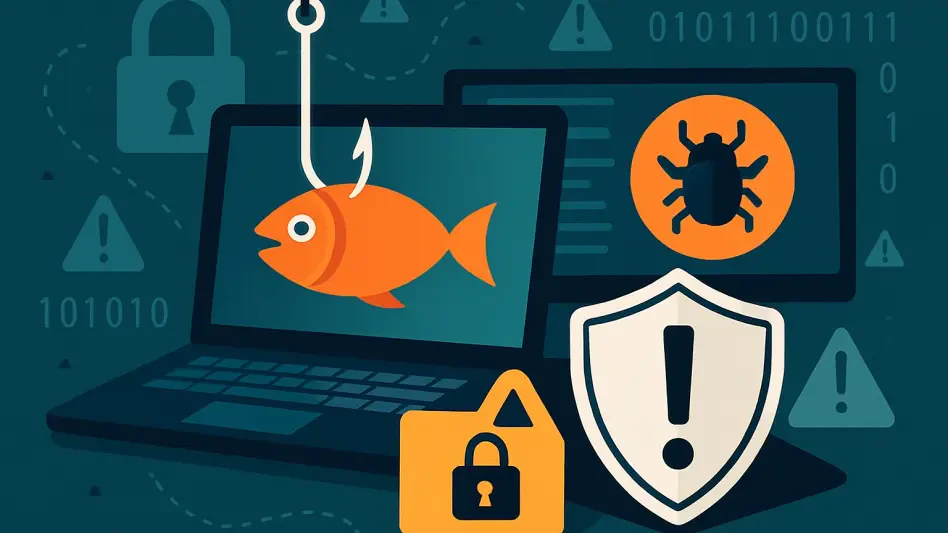Recent evaluations conducted by the U.S. Government Accountability Office (GAO) have raised significant concerns regarding the cybersecurity practices of NASA, particularly focusing on the risk management strategies implemented across the agency’s space projects. As NASA embarks on ambitious missions with formidable budgets approaching $80 billion, the effectiveness of its cybersecurity protocols is under sharp scrutiny. Given the vast corpus of space development initiatives and the critical nature of safeguarding sensitive data, NASA’s preparedness and adherence to cybersecurity guidelines have come under the spotlight. Recognizing the threats stemming from inadequate cybersecurity measures is paramount for the protection of crucial mission data and upholding public trust in NASA’s capabilities. The GAO’s comprehensive review serves as a wake-up call for the agency, shedding light on potential vulnerabilities within its risk management strategies and emphasizing the exigency for corrective actions.
Evaluation of NASA’s Cybersecurity Framework
The GAO’s findings underscore significant shortfalls in NASA’s approach to cybersecurity, chiefly within its adoption of the Risk Management Framework (RMF) established by the National Institute of Standards and Technology (NIST). This framework, pivotal to shielding mission-critical data, comprises seven essential steps including system preparation, categorization, control selection and implementation, control assessment, system authorization, and continuous monitoring. Within this framework, GAO reports that NASA’s partial implementation of these steps has left room for critical vulnerabilities. Particularly, the agency’s failure to develop and approve a comprehensive organization-wide cybersecurity risk assessment is concerning. This foundational step is crucial for identifying and neutralizing priority cyber threats that could jeopardize mission integrity. Additionally, the inadequacies identified in NASA’s continuous monitoring strategies further highlight systemic failings due to the absence of detailed guidance necessary for effective development and execution.
The delineation between fully and partially implemented steps within NASA’s cybersecurity protocol is telling of the greater issues plaguing its risk management efficacy. While strides have been made in the ‘implement’ and ‘categorize’ steps, other critical stages like ‘prepare’ and ‘monitor’ remain inconsistently applied. This inconsistency appends unnecessary exposure to malicious cyber activities, thereby threatening mission data integrity and response capabilities against evolving threats. The GAO report from March categorically points out the preparatory deficiencies, noting that while NASA succeeded in fully realizing some preparatory activities, its inability to address others adequately presents substantial risks. Without a rigorous organizational risk assessment, the accuracy and completeness of information that underpin subsequent risk management efforts become questionable, undermining the agency’s systemic defense posture.
Implications for Space Projects
The implications of NASA’s cybersecurity gaps extend beyond mere procedural lapses, posing tangible risks to ongoing and future space projects. Ensuring robust cybersecurity measures is paramount not only for safeguarding operational integrity but also for upholding public trust and supporting the agency’s long-term ambitions in space exploration. The GAO’s highlighted deficiencies paint a grim picture of potential vulnerabilities that could be exploited, leading to data breaches and compromised mission integrity. Such outcomes are not only detrimental from an operational standpoint but can also erode confidence in NASA’s ability to protect sensitive information critical to its groundbreaking missions, including planned manned lunar missions and interplanetary explorations.
The GAO’s discourse also captures an internal contention within NASA regarding how to address these cybersecurity challenges. While the agency has expressed partial agreement with several of the 16 recommended measures, its hesitance to fully embrace others suggests an intrinsic struggle with reconciling current practices with best-in-class cybersecurity standards. Such hesitation amidst increasing cyber threats presents a substantial roadblock in achieving mission readiness and resilience against potential cyber incursions. Immediate and decisive actions are required to bridge these gaps and thereby secure NASA’s position as a leader in safe and innovative space exploration.
Towards a Secure Future in Space Exploration
The GAO’s report highlights serious gaps in NASA’s cybersecurity strategy, especially concerning its adoption of the Risk Management Framework (RMF) set by NIST. This framework is key for protecting mission-critical data and includes seven vital steps: preparing the system, categorization, selecting and implementing controls, assessing controls, authorizing the system, and continuous monitoring. NASA’s incomplete execution of these steps creates significant vulnerabilities. The absence of a comprehensive organization-wide risk assessment raises concerns; this assessment is essential to pinpoint and mitigate cyber threats that could compromise the mission’s integrity. Furthermore, inadequacies in NASA’s continuous monitoring strategies reveal fundamental flaws, partly due to the lack of detailed guidance needed for effective development and execution. The uneven application of these framework components, particularly in preparation and monitoring, exposes NASA to cyber threats, challenging its data integrity and ability to respond to evolving security challenges.








